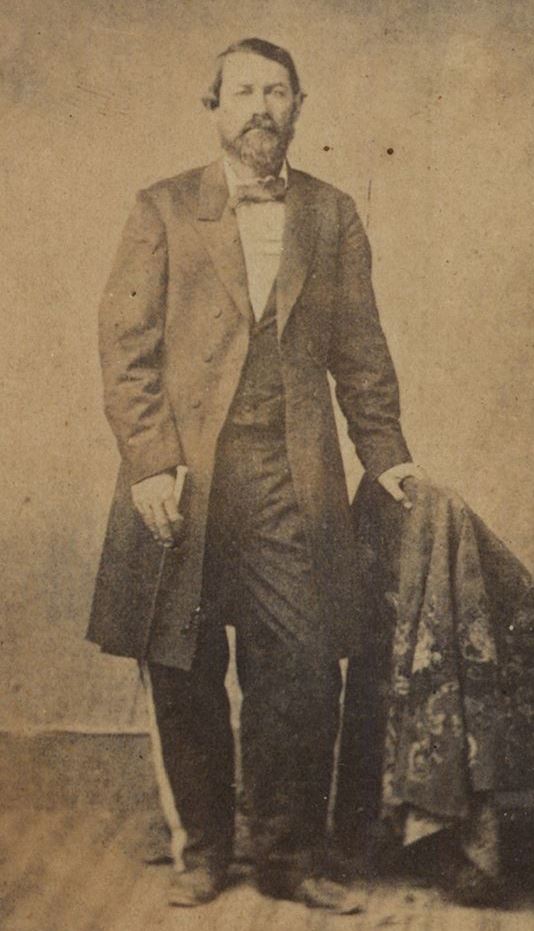Juan Nepomuceno Cortina and the “Second Cortina War”
With the outbreak of Civil War in both the United States and Mexico, the notorious Juan Nepomuceno Cortina returned to the north bank of the Rio Grande. In May 1861, he splashed across the river with about thirty of his Cortinistas and sacked Carrizo, the county seat of Zapata County. In a forty minute fight on May 22, 1861, however, Confederate Captain Santos Benavides decisively defeated Cortina, killing or capturing several of his men and driving what remained across the river into Mexico. Eleven of Cortina’s men who were captured appear to have been shot or hanged by the Confederates. Still seeking power and revenge, Cortina joined with Benito Juarez’s forces in opposition to the Austro-French army then occupying Mexico. Promoted to the rank of lieutenant colonel, Cortina returned to the border in 1863 where he encouraged and cheered the Union Army’s occupation of Brownsville. A number of Cortinistas even enlisted in the Union Army where they received a bounty and were able to strike at their old enemies in Texas. Cortina even allowed the Federals to take control of three of Mifflin Kennedy and Richard King’s steamboats that had been under Mexican registry. Only weeks after occupying Brownsville, the commander of the Union Rio Grande Expedition, General Nathaniel Banks, crossed the river to be warmly welcomed by Cortina in Matamoros.
Listen
Con el estallido de la Guerra de Secesión en EE. UU. y de la Guerra de Reforma en México, Juan Nepomuceno Cortina regresó a la ribera norte del Río Grande, vadeándolo en mayo de 1861 con una treintena de sus hombres y saqueando Carrizo, la sede del condado de Zapata. No obstante, en una confrontación de cuarenta minutos que tuvo lugar el 22 de mayo de 1861, el capitán confederado Santos Benavides derrotó de manera contundente a Cortina, matando o capturando a varios de sus hombres y repeliendo a través del río hasta México a los restos de sus tropas. Al parecer, once de los prisioneros cortinistas fueron ahorcados o fusilados por los confederados. Aún ansioso de poder y de venganza, Cortina se sumó a las tropas de Benito Juárez contra la ocupación de México por parte del ejército franco-austríaco, y fue ascendido a rango de teniente coronel. Regresó a la frontera en 1863, donde promovió la ocupación unionista de Brownsville. Incluso diversos cortinistas se enlistaron en el ejército federal, del que recibieron una compensación, por lo que tuvieron ocasión de ajustar cuentas con sus antiguos enemigos de Texas. Cortina llegó incluso a autorizar que los unionistas tomaran el control de tres de los vapores de Mifflin Kenedy y Richard King que navegaban bajo bandera mexicana. Tan solo semanas después de la ocupación de Brownsville, el general Nathaniel Banks, al mando de la incursión unionista en Río Grande, cruzó el río para ser recibido cálidamente en Matamoros por Cortina.

